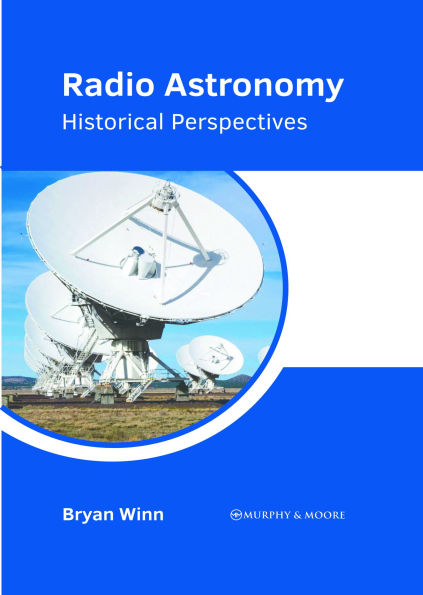Radio Astronomy: Historical Perspectives
Radio astronomy is a subfield of astronomy that studies celestial objects at radio frequencies. Unlike optical astronomy, which observes light visible to the human eye, radio astronomy captures radio waves emitted by astronomical sources. Radio telescopes are the primary tools of radio astronomers. They are typically large parabolic antennas that detect radio waves from space. These instruments can observe a wide range of phenomena, including the cosmic microwave background radiation, pulsars, quasars, and the molecular clouds where stars are born. Radio waves can penetrate dust clouds that often obscure optical observations, allowing radio astronomers to study regions of space that are otherwise invisible. Significant discoveries in radio astronomy include the mapping of the structure of our galaxy, the detection of the first exoplanets, and the observation of the cosmic microwave background, which provides critical evidence for the Big Bang theory. Radio astronomy also contributes to our understanding of black holes, neutron stars, and the dynamics of galaxies. As technology advances, radio astronomy continues to uncover the mysteries of the universe, offering a deeper and more nuanced view of the cosmos. This book presents the complex subject of radio astronomy in the most comprehensible and easy to understand language. It is a valuable compilation of topics, ranging from the historical evolution to the most complex theories and principles in the field of radio astronomy. Coherent flow of topics, student-friendly language and extensive use of examples make this book an invaluable source of knowledge.
1147801419
Radio Astronomy: Historical Perspectives
Radio astronomy is a subfield of astronomy that studies celestial objects at radio frequencies. Unlike optical astronomy, which observes light visible to the human eye, radio astronomy captures radio waves emitted by astronomical sources. Radio telescopes are the primary tools of radio astronomers. They are typically large parabolic antennas that detect radio waves from space. These instruments can observe a wide range of phenomena, including the cosmic microwave background radiation, pulsars, quasars, and the molecular clouds where stars are born. Radio waves can penetrate dust clouds that often obscure optical observations, allowing radio astronomers to study regions of space that are otherwise invisible. Significant discoveries in radio astronomy include the mapping of the structure of our galaxy, the detection of the first exoplanets, and the observation of the cosmic microwave background, which provides critical evidence for the Big Bang theory. Radio astronomy also contributes to our understanding of black holes, neutron stars, and the dynamics of galaxies. As technology advances, radio astronomy continues to uncover the mysteries of the universe, offering a deeper and more nuanced view of the cosmos. This book presents the complex subject of radio astronomy in the most comprehensible and easy to understand language. It is a valuable compilation of topics, ranging from the historical evolution to the most complex theories and principles in the field of radio astronomy. Coherent flow of topics, student-friendly language and extensive use of examples make this book an invaluable source of knowledge.
153.0
Pre Order
5
1

Radio Astronomy: Historical Perspectives
265
Radio Astronomy: Historical Perspectives
265Hardcover
$153.00
153.0
Pre Order

Product Details
| ISBN-13: | 9781639878901 |
|---|---|
| Publisher: | Murphy & Moore Publishing |
| Publication date: | 08/25/2025 |
| Pages: | 265 |
| Product dimensions: | 6.00(w) x 9.00(h) x 0.00(d) |
From the B&N Reads Blog
